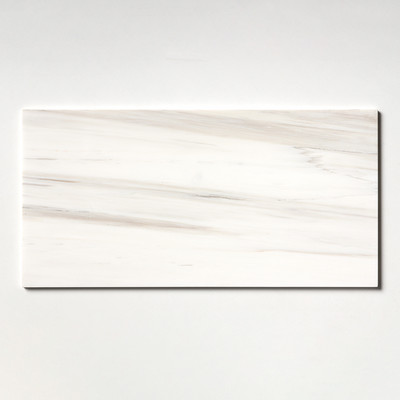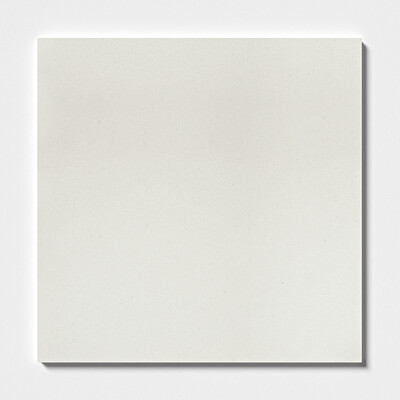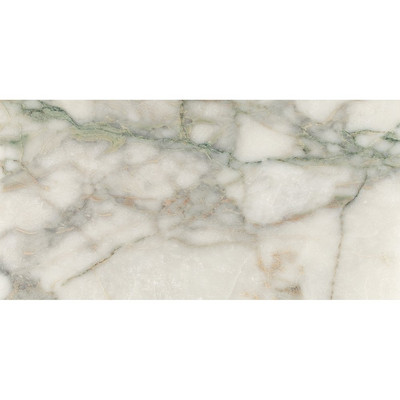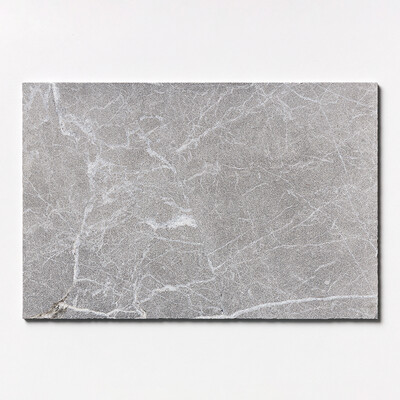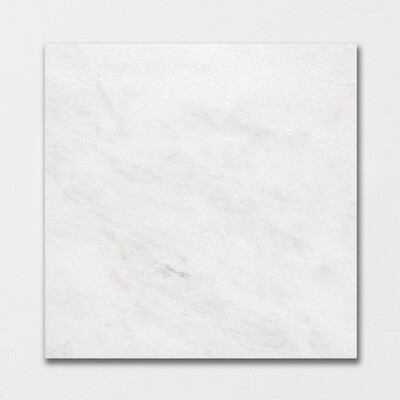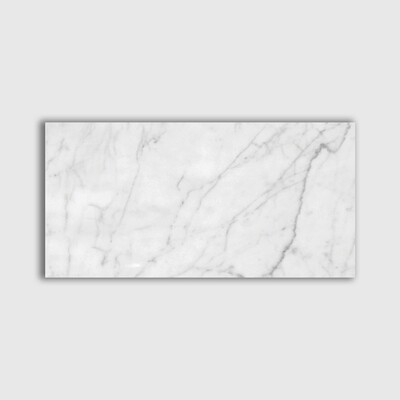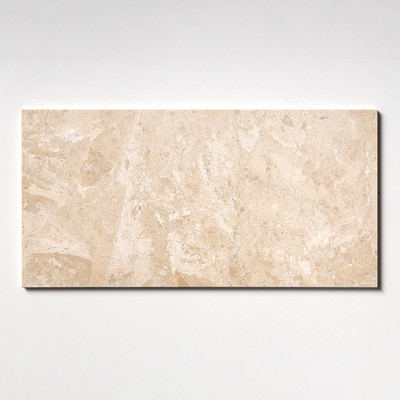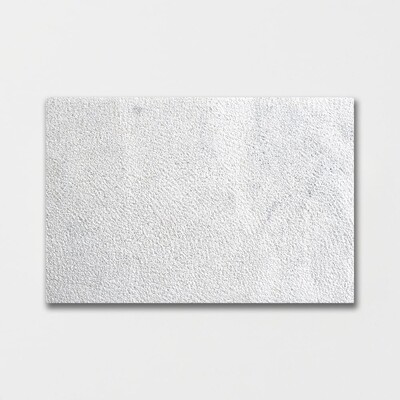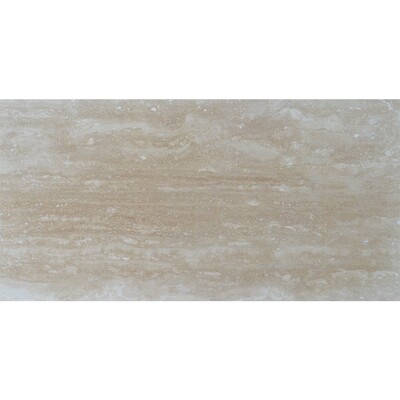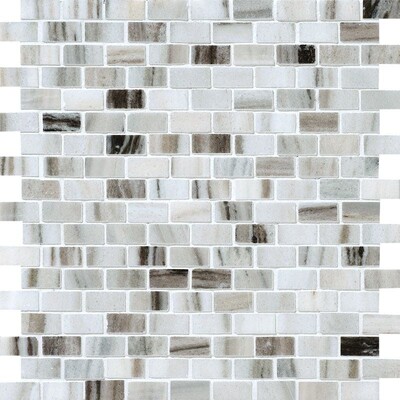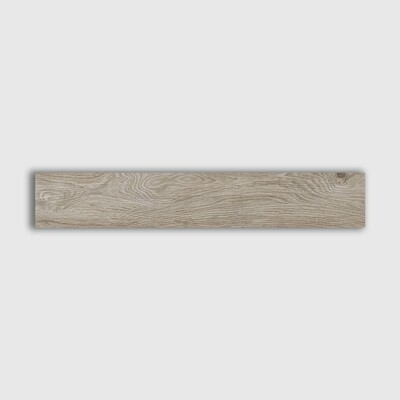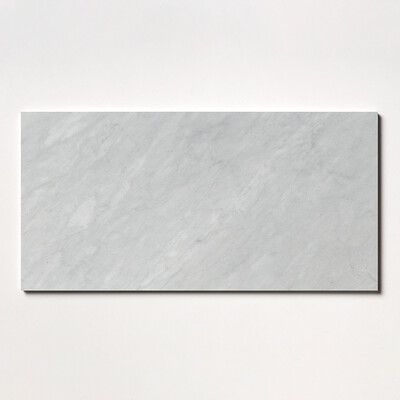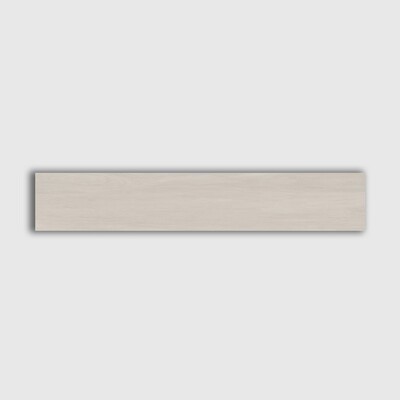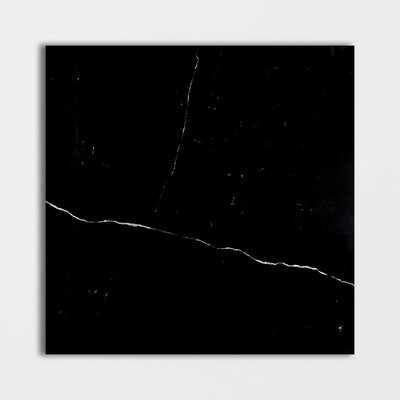1714 Products Found.
There are actually several very popular styles of bathroom tile. Many people like to use porcelain tile in bathrooms, but limestone, marble and ceramic tile are also suitable options. The type of the chosen will largely depend on budget, project size and the desired aesthetic outcome.
Many hail porcelain bathroom tile as a superior choice due to its durability. Porcelain tile in bathrooms works well because porcelain is highly water resistant so the use of water won’t cause much damage over time. The refined composition of porcelain tiles also makes them less likely to chip or crack than other materials. But this is not the only option of course. You can check the best bathroom tile trends we created for you. You can also use mosaic tiles for your bathroom projects. Check out 11 amazing mosaic tiles for bathroom and the best subway tile ideas for bathroom if you want to see more inspirations.
If you select a highly durable material like porcelain then cleaning is simple. You can use warm water and mild soap, or a gentle non-abrasive commercial cleaner for porcelain flooring. Simply apply it with a soft cloth or mop and then allow the flooring to dry.
If you have marble bathroom floor tile or another more high-maintenance material, then you want to be very careful to only use clean, warm water and gentle cleansing agents to keep bathroom floors clean. We want to warn you about this topic because we aren't professionals in cleaning. You need to consult professionals or check natural stone institute before cleaning to have the best information for your floorings.
Showers are safer with matte tile. Glossy shower tile looks beautiful in showers but glossy tile can pose a slipping hazard. Matte tile could require more time and effort to keep clean than glossy tile, but nothing beats safety. You can select shower walls with any finish to your taste but the shower floor must be resistant to slippery for your protection. Please consult your contractor and professional before tiling your shower area.
There is no best color for a bathroom. Many people like whites, grays, and neutrals because they are versatile. But there’s nothing wrong with going bold with colorful bathroom tile or even using patterned tile. The best bathroom tile color for your bathroom is the one that suits your tastes.
It’s best to stick to light hues and simple patterns for smaller bathrooms. Ceramic and porcelain tiles are always great options. They offer lots of colors, sizes, and patterns to make small bathrooms feel unique.
Many bathroom tile ideas come to mind for small bathrooms but it’s best to avoid using tiny tiles to keep the space from seeming smaller. Think bright whites and neutrals. Or go with a large tile for a larger appearance. You can use rectangular sizes to add some depth especially wood floor tiles are one of the best options for a small bathroom.
You can make a small bathroom look more luxurious by choosing bright-colored tile to create the illusion of more space. You could also make a small bathroom look high-end with stylish metal hardware and decorative accents.
You could even add a tile that looks like other materials. There are many durable options for wood-look bathroom tile floors or when you think of luxury flooring you might think directly of marble tiles and we agree with you. Nothing is more marvellous than marble. You can select 12x12 black and white marble tiles for your small bathrooms. Especially when you combine them with glazed black wall tile or glossy black subway tile, you'll achieve a timeless look in your bathroom.
White tile is a surefire way to achieve a bigger-looking bathroom. Another design secret is strategically placing geometric patterns around for visual contrast. Bathrooms with hexagon tile floors and bright walls are a nice combination.
It all depends on what you mean by the same. We wouldn’t recommend using the same exact tile for both the bathroom walls and floors. But it can be nice to use tiles in the same color. Matching bathroom wall and floor tiles in different sizes or shapes can be really chic without being overpowering.
Some colors never go out of style for bathroom design: you can go for earthy green bathroom tiles, moody gray bathroom tiles, or go with a classic combination of black and white bathroom tile.
Right now there are no overwhelming trends for bathroom colors. The beauty of designing your own bathroom means that you can choose colors that are special to you.
Professionals can install every type of tile imaginable, but homeowners and DIY-ers have mentioned that vinyl tile is the easiest for self-installation.
Ceramic tile is highly durable. But it’s not as durable as porcelain. Porcelain is made using a more refined type of clay and it’s heated at higher temperatures so it’s more dense than ceramic.
The best tile to use in the shower is the tile that suits your budget, and functional needs. For people that means marble shower tiles, for others that means ceramic shower tiles.
Applying backer board, liquid membranes, or foam sheet membranes behind the tile, and along shower, openings are all ways to waterproof your shower walls. The waterproofing method you select will depend on what type of tile you choose and your skill level. If this step is missed you could see severe damage from molding and mildew. You should consult your contractor or professionals for these implementations.
The answer to this question is subjective. Deciding to tile the entire bathroom can be a great idea if done with the correct materials and color scheme. However, if your budget won’t allow for full tile coverage there are other options.
Some people like the look of tile on tile in their bathrooms because the combination makes their space look more uniform. Others may not want full bathroom tile, but may like the look of tiled walls, tiled flooring or tile accents instead.
Similar to bathroom floors porcelain tile tends to beat out other popular materials. While marble shower tile looks luxurious and chic it does not hold up to the water use the same as porcelain tile. Porcelain shower tile is heavy duty and low-absorption so you won’t have to worry about damage or high-maintenance once it’s in your shower.
Bathroom tiles come in various sizes, shapes, and finishes. When it comes to bathroom tiles, we have to distinguish between residential and commercial bathrooms.
Residential bathroom tiles can be an expression of homeowners' taste and desire. You can use pretty much most tiles in the market place for any residential bathrooms. If your bathroom is used a lot, you may want to focus on more carefree materials like porcelain tiles. Porcelain tiles are standard but easy to use, and they don't have big wear and tear. Color and design are the most driving factors in this part of the house. You can use a small wall tile. 6x6 glazed ceramic tile and a 12x12 stone for your floor.
Inside the shower, you should use an easy to clean material like glass tile or high polish marble. For shower floors, you should use most mosaics like 2x2 or 1x1 so that there is some grip for slipping. Mosaics can also give you the ability to create a water slop so that water will drain.
For commercial bathrooms, you should choose more practical materials like 12x24 porcelain tiles so that they are economical and easy to install. Furthermore, commercial bathrooms like hotel rooms or office lobbies require more natural colors. Major porcelain tile factories like Iris or Porcelanosa make matching mosaics.
New manufacturing methods provide porcelains in large tiles like 10 ftx 6 ft slabs. These slabs can be sized to fit an entire wall so that you will not have any joints. Naturally, these slabs require specialized cutting on site. https://www.stonetiledepot.com/tiles/porcelain/white/carrara-blanco-polished-12x24/
Natural stone tiles for bathrooms can be endless in terms of color and size. White Carrara marble, Calacatta Marble, Thassos and, Crema Marfil are some of the most desired types with matching mosaics, slabs, and thresholds. You can even have a corner shelf piece for your bathroom.
Enjoy your bathroom tiles from us.

